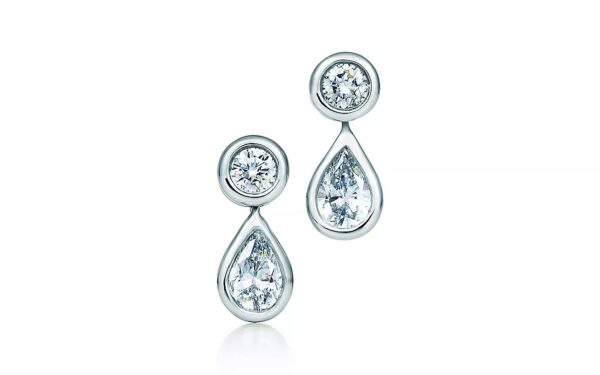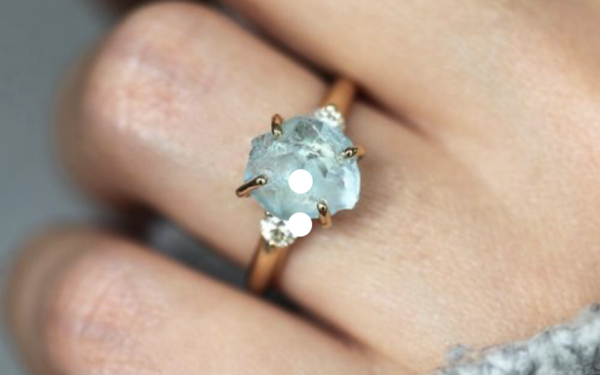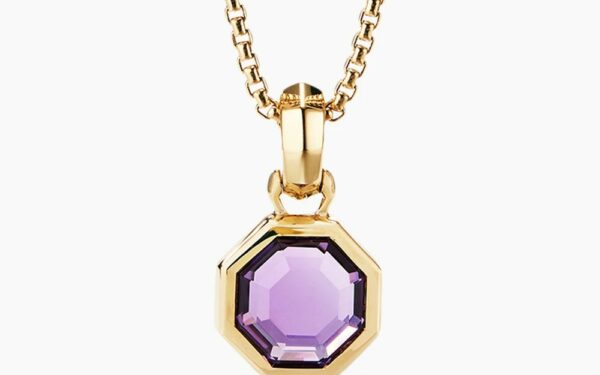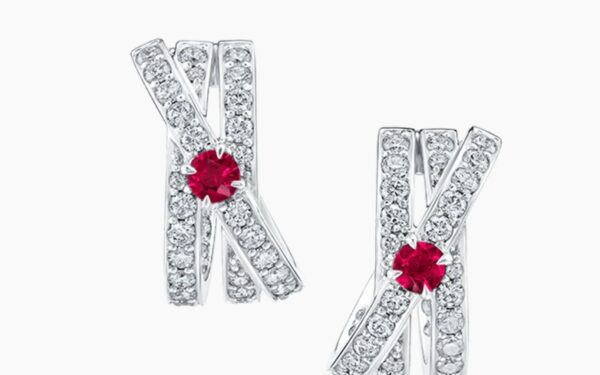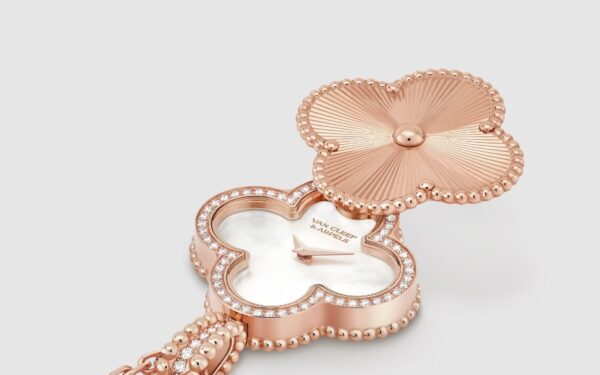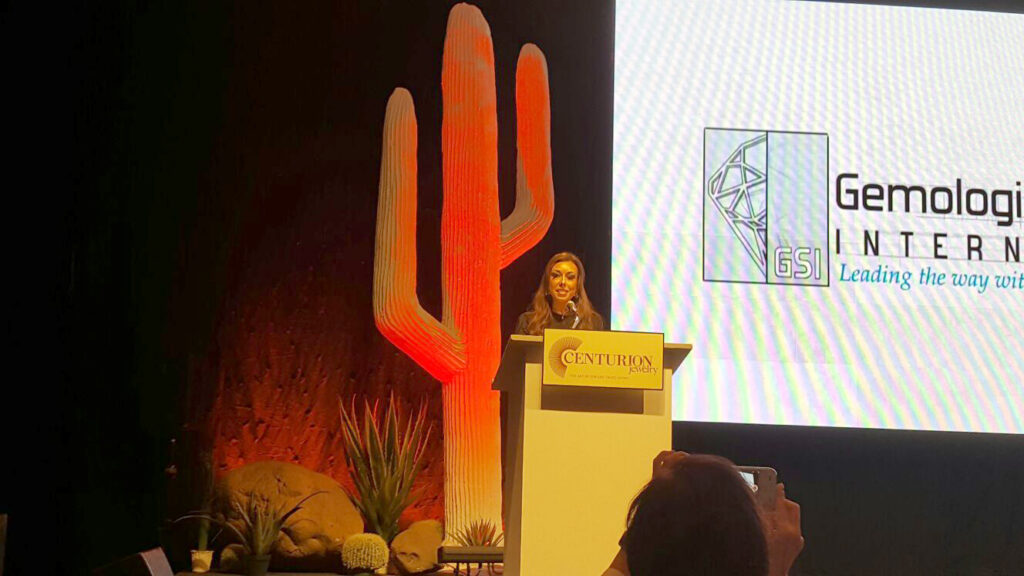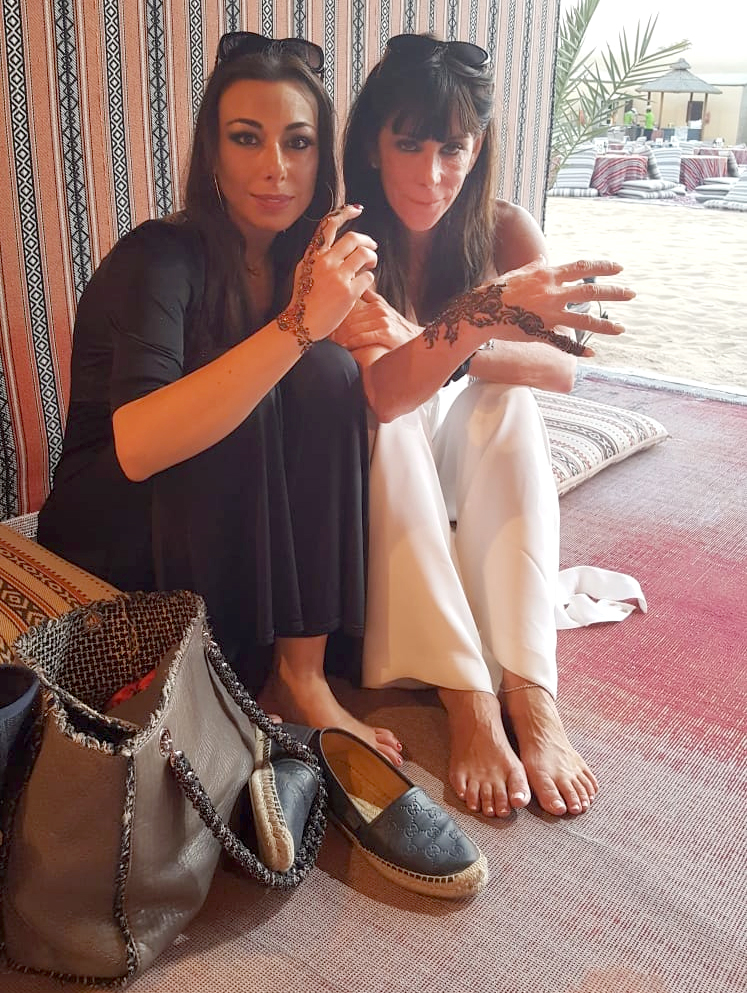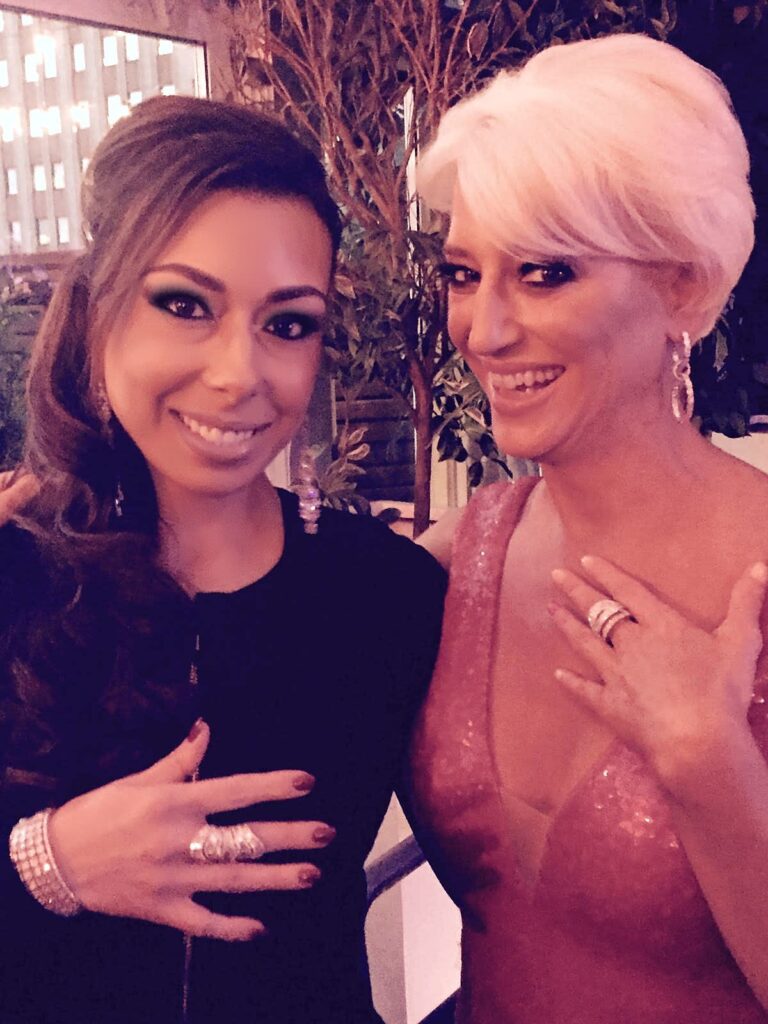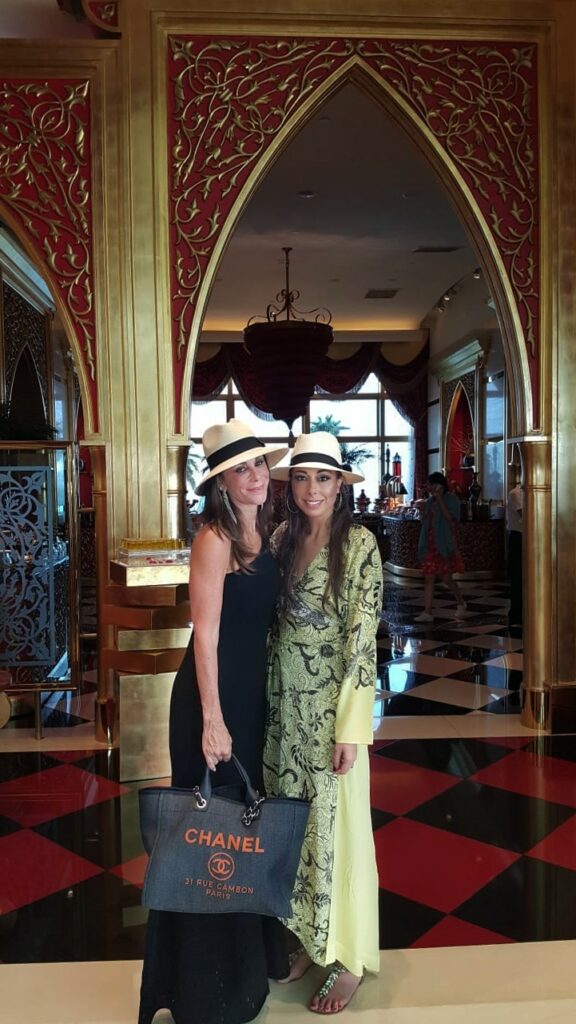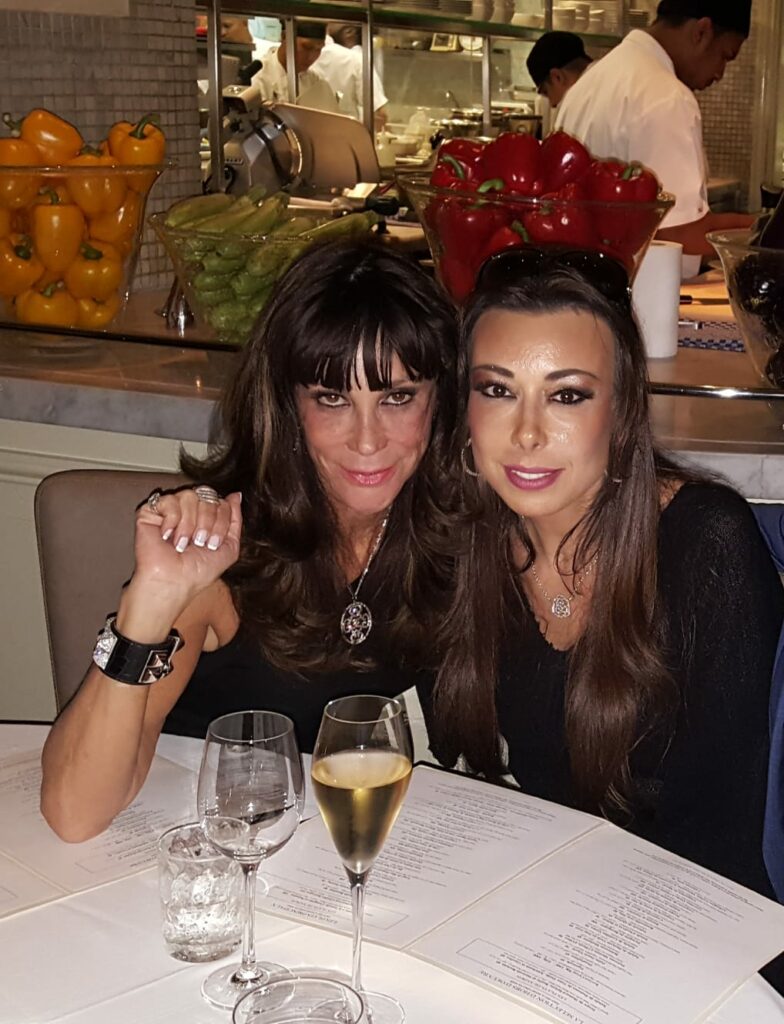Garnet: The Gemstone Of The New Year
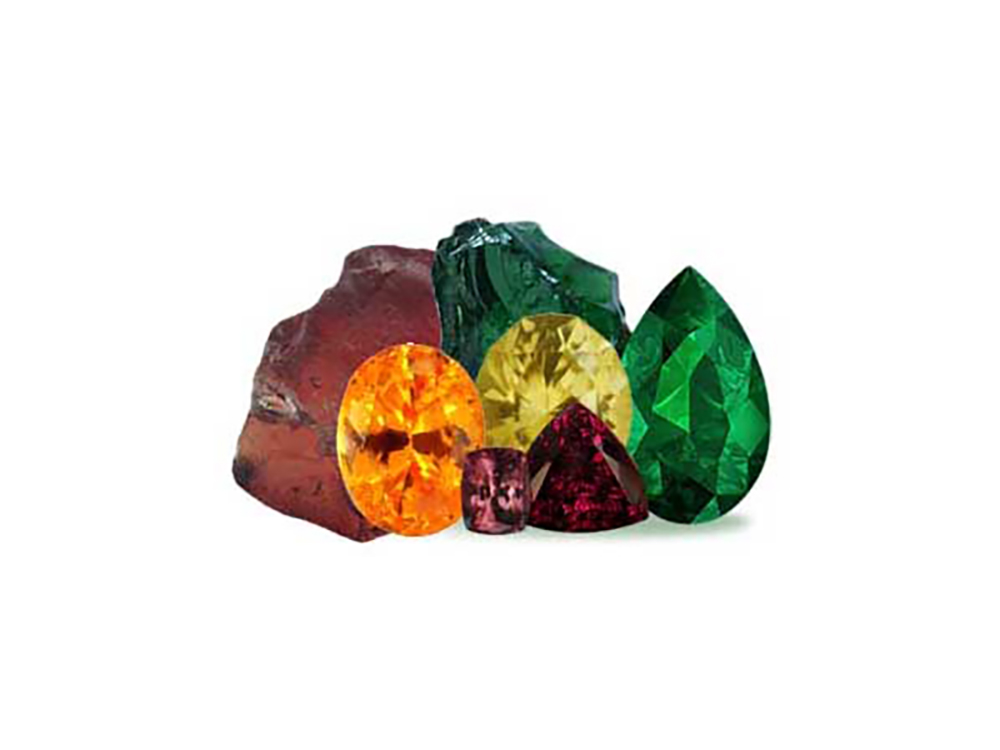
Garnet, January’s birthstone, symbolizes passion, peace, motivation, and good health, making it the perfect gemstone for ringing in the New Year. Garnet is typically associated with a deep red color because it is the most prevalent and popular color of two garnet varieties: almandine and pyrope. In fact, garnet got its name from the Latin granatus, meaning “pomegranate” for the similarity between the gemstone and the red seeds of the fruit. However, garnets are also found in an array of hues and shades of red, orange, yellow, green, purple, and color-change garnet which appears bluish-green in daylight to purplish-red in incandescent light. A very rare garnet from between the border of Tanzania and Kenya that changes from violet to blue was reported in 2017.

Garnet is actually a mineral group, not a single mineral. The term “garnet” refers to a mineral group that has the same general chemical formula and the same crystal structure (cubic). They are “isomorphs” of one another—the same form, but slightly varying chemistry, known as a “solid solution series.”
Garnet is a collection of closely-related chemical compositions that contain over twenty garnet categories, called species. While each type of garnet does share a mutual crystal structure, they vary in their chemical composition, thereby creating all the different colors of the January birthstone!
Let’s explore the five main species that are commercially important as gems. Those five gem-quality garnets are andradite, almandine, grossular, pyrope, and spessartine.
Andradite
The andradite species of garnets include demantoid, melanite, and topazolite. Demantoid is the most valuable and occurs in a range of green colors, the most valuable of which is a saturated green without being overly dark or yellowish.
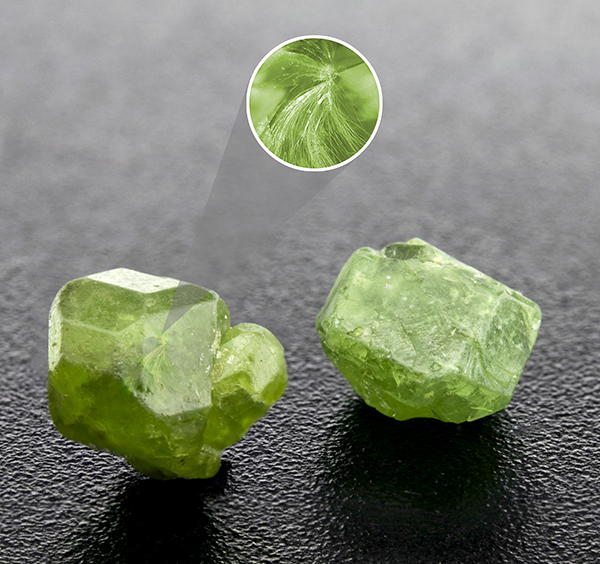
Demantoid garnet is known for its high dispersion and is named after another famously dispersive gemstone—the diamond. Demantoid’s fire is best seen in lighter gemstones but is a matter of personal taste. Some demantoid garnets have unique inclusions, called “horsetails” which resemble their namesake—radiating fibrous inclusions of the mineral chrysotile. Demantoid garnets with horsetail inclusions are prized by collectors.
Almandine
Often darker in tone, almandine is brownish-red to purplish-red and pale to deep mauve.
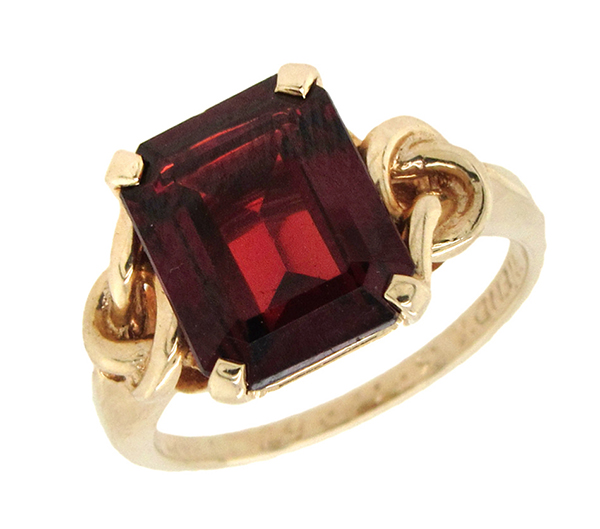
This is the most common form of garnet and is used in all types of jewelry—most notably in earrings, rings, and pendants. Almandine is one end-member of a mineral solid solution series, along with pyrope and spessartine garnets. Almandine is an affordable option for the garnet enthusiast, with the exception of the purplish-red almandine-pyrope blend, rhodolite, which can fetch higher prices.
Grossular Garnet
The grossular garnet species is the most multi-colored form of garnet. In their purest form, they have no color, but colorless garnets are incredibly rare.
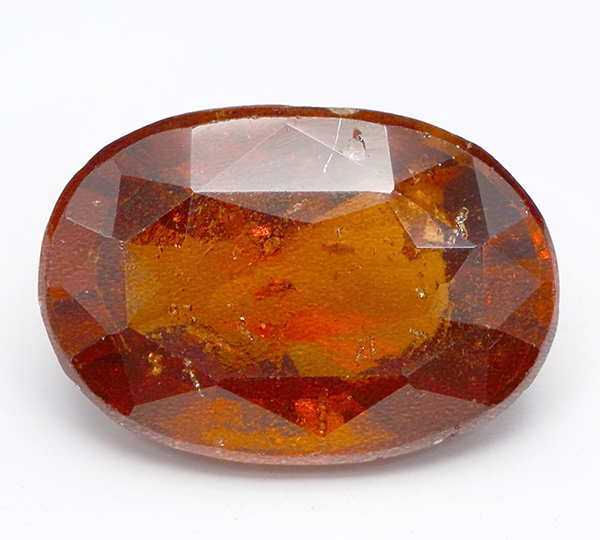
Grossular garnets are typically lighter and brighter than the other garnet species. The two most well-known grossular garnet varieties are hessonite and tsavorite. Like the other garnet species, grossular garnet also belongs to a series with other garnets. For example, Mali garnets are a grossular-andradite blend noted for their dispersion.
Hessonite garnet, a variety of grossular, and is usually a warm brownish-yellow to brownish-red, or orange. As such, it is sometimes called “cinnamon stone”. One of the most gemologically distinct features of hessonite is its roiled “heat wave” or “scotch in water” appearance. This is a result of the included crystals.
Tsavorite is one of the most valuable garnet types and is valued for its luxuriant green color, making it a favorite of many jewelry designers. Large tsavorites (over 2 carats) are rare, so large stones with a deep emerald-green color command the highest prices.
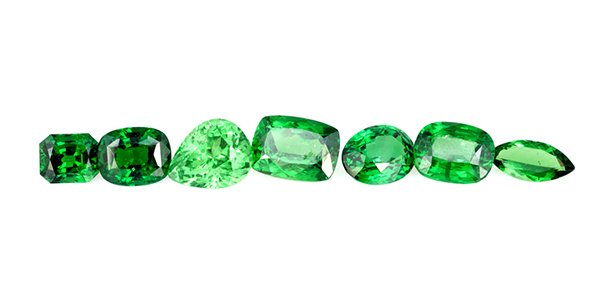
Pyrope
When thinking about garnet, a deep red color generally comes to mind, which is pyrope, the most popular form of garnet. The rich, deep-red color of the gemstone makes it attractive and distinctive.
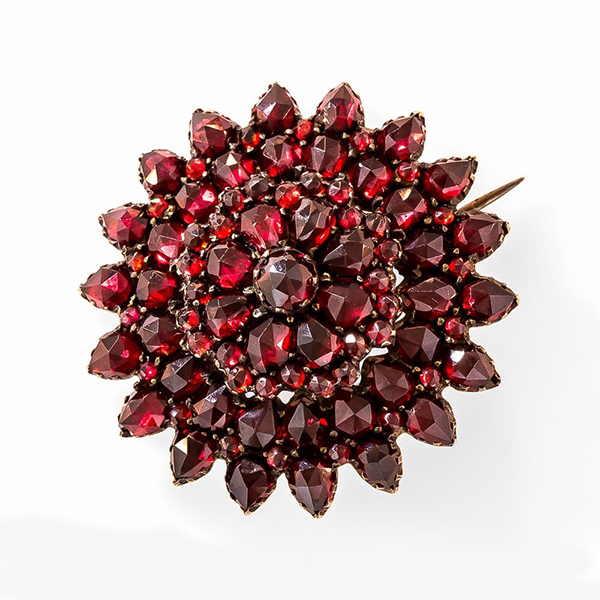
Often, pyrope is extremely clean and free of inclusions, making it an excellent centerpiece for pendants, earrings, and rings. Pyrope has been used in jewelry throughout history. During the Victorian Era, pyrope garnets were especially coveted and appear in Victorian Jewelry, usually rose-cut. Pyrope is formed deeper in the Earth than other gemstones and is often used as an indicator of high-pressure rocks, including those that host diamonds. In fact, diamonds can have pyrope garnets as inclusions!
Spessartine
Spessartine is another end-member garnet that forms a series with pyrope and almandine.
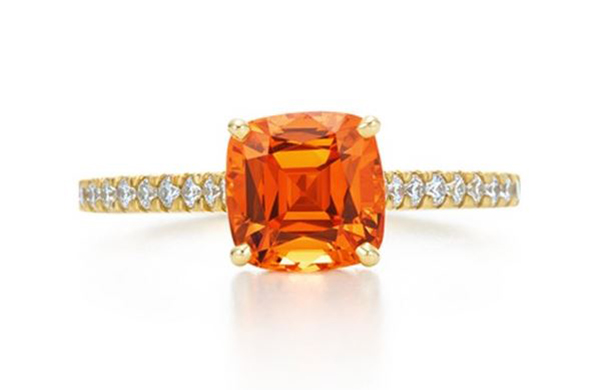
This gemstone is an orange to a reddish-brown form of garnet. Pure orange spessartite is not typical, but a bright orange variety is sometimes called “mandarin garnet. Yellow, reddish, and brown tints are more common, with the most desirable color of the gemstone being a fiery red with hints of orange.
Caring For Garnet
Garnet jewelry should always be taken special care of It is essential that no matter what type of species or color, Ranging from 6 to 7.5 on the Mohs scale of hardness, garnet is quite durable. Special care should be taken with demantoid, which can be more brittle than the others. Garnets, like any gemstone, should never be subjected to hard blows or rough wearing. Here are step-by-step directions for taking care of your garnets:
- When cleaning garnet, use a soft cloth to clean the surface. To remove dirt, dust, or grime, use a firm rubbing motion.
- Use a mild soap and water solution to clean the garnet jewelry setting.
- If the garnet stone has a raised setting, a toothbrush with soft bristles is perfect for gently cleaning the setting from the inside out.
- For decorative settings, be sure to scrub the area without touching the stone directly.
- After cleaning, rinse and dry your jewelry with a soft, damp cloth, removing any soap residue, and then dry with a soft cloth.
Garnet gemstones should be taken to a professional jeweler for a though cleaning and inspection at least twice a year and stored in their own bag away from other jewelry. Never immerse them in an ultrasonic cleaner without checking with your jeweler first.
About The Author
Debbie Azar is the Co-Founder and President of Gemological Science International (GSI), one of the largest gemological organizations in the world, and a distinguished leader in the global diamond and jewelry industry. As an executive with extensive knowledge of the jewelry and gem lab industries, her entrepreneurial skills and vision have helped GSI achieve rapid and continuous growth worldwide, establishing 13 leading-edge gemological facilities on four continents. She currently serves on the boards of the Jewelers Vigilance Committee, Responsible Jewellery Council, and Jewelers for Children, and is a member of the 24 Karat Club of New York. She has been featured in Forbes, Daily Mail, Good Morning America, Bloomberg, Bloomberg Businessweek, Fox Business, Fox5, CBS2, BOLDTV, Varney&Co, The Street, and NASDAQ, among others.
